'RUMBLE': How a Rock Doc Does What History Books Won't
RUMBLE: The Indians Who Rocked The World brings relevance to a forgotten chapter of history with pop culture and a contemporary nod to Standing Rock.
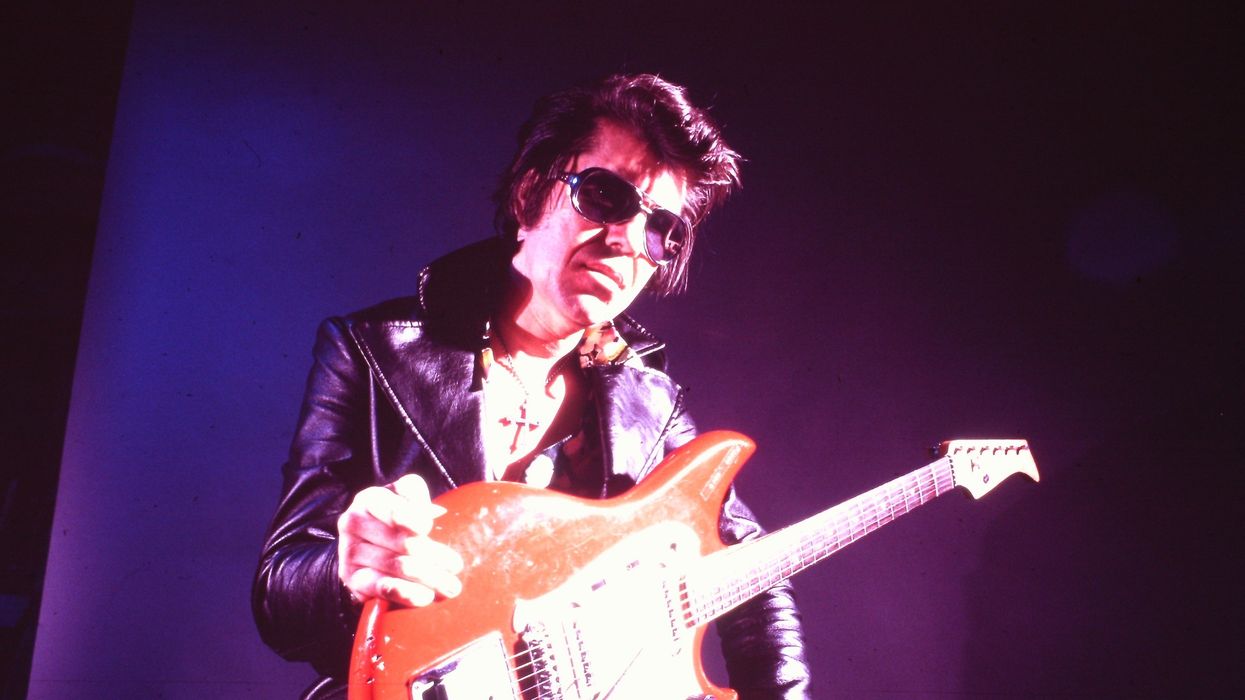
[Editor’s Note: No Film School asked DP Lauretta Prevost to interview the producers of 'RUMBLE' after some of her footage appeared in the film.]
You are likely aware of the various genocides and forced migrations inflicted on indigenous peoples, but the United States also has a lesser-known history of attempting to censor and ban Indian culture. Mandatory boarding schools of the late 19th and early 20th centuries run by Christian missionaries forbade students from speaking their native tongues, and were designed to force youth to abandon their indigenous identities and acculturate to the general, white population—often with devastating consequences.
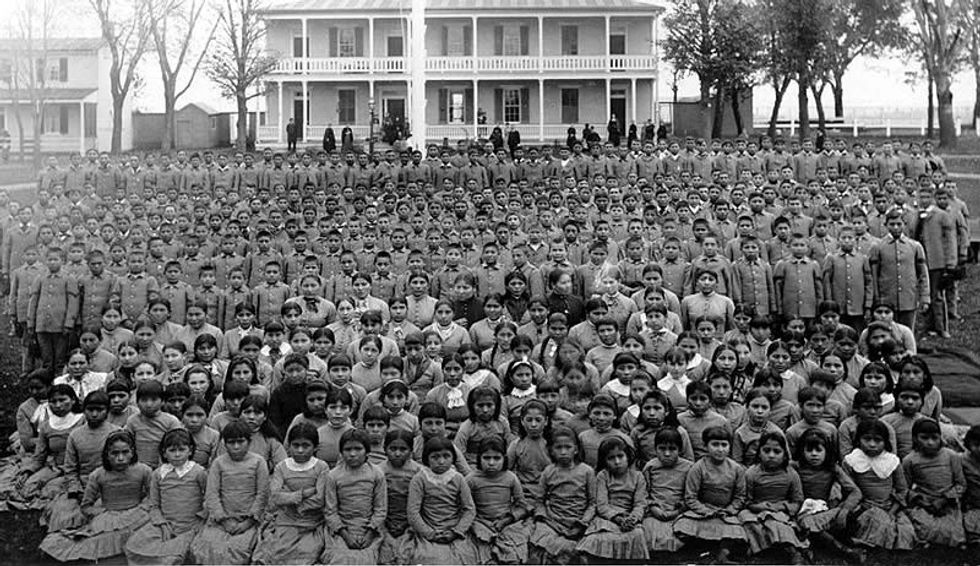
For years, U.S. and Canadian governments outlawed indigenous ceremonies and rituals. It was only as recent as 1978 that the American Indian Religious Freedom Act made legal various aspects of Native American religions.
While many Americans think of indigenous issues as crimes of our past—or don’t think of them at all—it is important to note how voices are still being silenced, and how chapters of history remain missing.
RUMBLE: The Indians Who Rocked the World takes a look at one area of Indian culture whose influence on Western society is largely unrecognized: the role Native Americans played in shaping popular music history.
"If it hadn’t been for Link Wray and 'Rumble,' I never would have picked up a guitar." — Pete Townsend
One example is acknowledged in the films’s title: Link Wray’s song "Rumble" was the first to use distortion and feedback, introducing the power chord. Iggy Pop, Slash, and Marky Ramone attribute the song to the evolution of rock; the instrumental tune laid the groundwork for heavy metal and punk. Pete Townshend of The Who calls Link Wray "The King," saying, "If it hadn’t been for Link Wray and 'Rumble,' I never would have picked up a guitar."
The film profiles ten musicians with indigenous backgrounds, including Jimi Hendrix, who is part Cherokee, and Robbie Robertson, who is part Mohawk. Roth said, "Having famous people such as Steven Van Zandt, Quincy Jones, and John Trudell talk about these musicians as inspirations gives credibility to the artists’ influence on music."
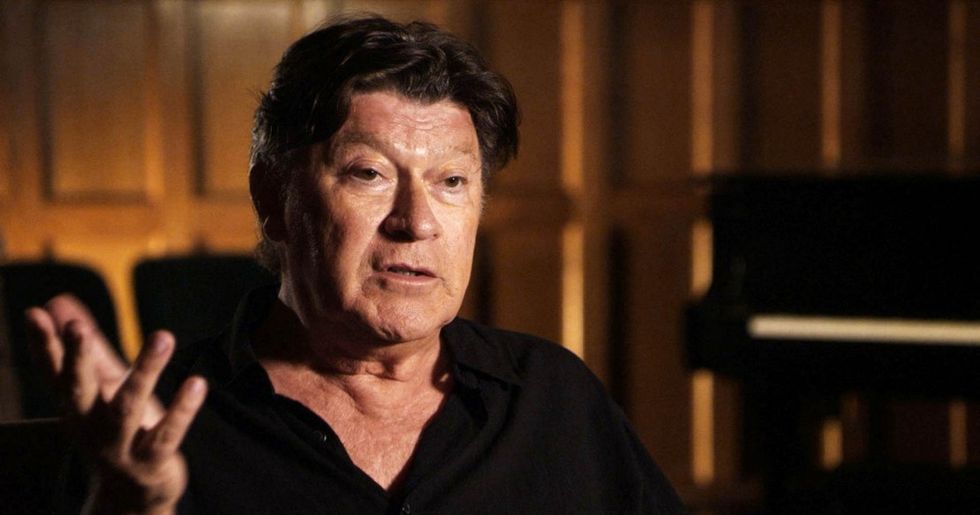
The documentary’s inspiration came from an exhibit at the Smithsonian Institution created for the National Museum of the American Indian: "Up Where We Belong: Native Musicians in Popular Culture." Film director Catherine Bainbridge, founder of Rezolution Pictures, has been focused for years on bringing native stories to mainstream audiences, as well as preserving indigenous history and culture, as with her Peabody award-winning film Real Injin. Rezolution producer Lisa M. Roth recalled, "We had no idea all these famous musicians were native."
I’d first heard about the film RUMBLE when Roth approached me about using some b-roll from the coverage I’d been shooting out in North Dakota near the Standing Rock Indian Reservation, where demonstrations against the $3.7 billion Dakota Access Pipeline have been going on for months. The pipeline is a 1,172-mile-long underground oil pipeline project. Members of over 300 indigenous tribes and their allies have gathered to stand against the construction of the pipeline and ongoing environmental racism, and to protect the water supply, as the pipeline is intended to pass under the Missouri River.
After the film was complete, I spoke with Roth about the challenges of making a film that takes on such large topics as cultural suppression, and features such a colorful array of characters, from Tony Bennett to Steve Tyler to Martin Scorsese.
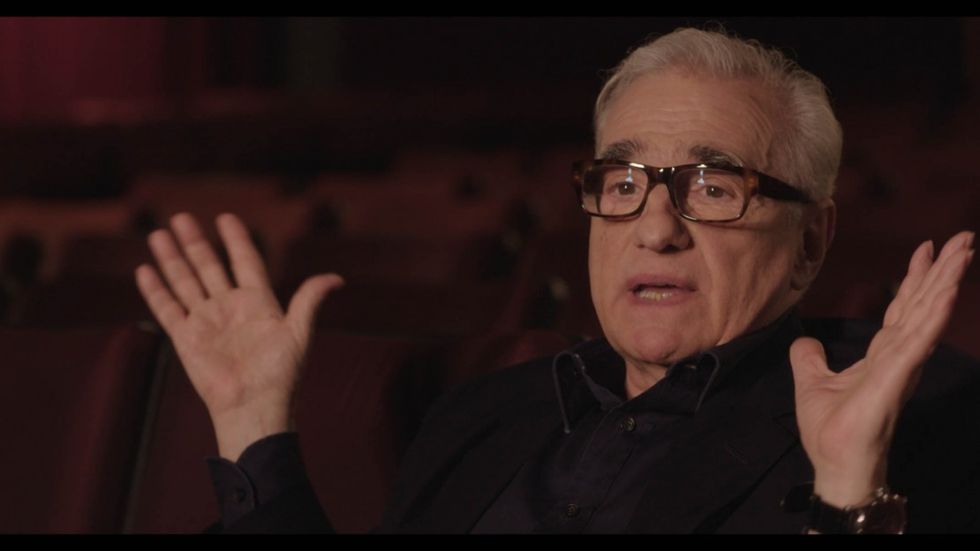
On finding one arc or storyline to focus on within such a broad topic, Roth reflected, "That wasn’t easy because our film features a bunch of different Native American music icons. All have individual stories and their influence on popular music, whether it be genre or era or personal. The danger of focusing on any of these is one way or another, something was going to get lost."
They solved the issue by getting personal. Roth explained, "People are drawn to stories of human beings. That’s what it’s really all about. Our film ended up being structured around the stories of these people over history. What we hope comes across in the film thematically is the fact that Native American culture, music, and drum—there was an attempt to erase it all, right back in the beginning, for the land. This is why Standing Rock bookmarks our film so perfectly."
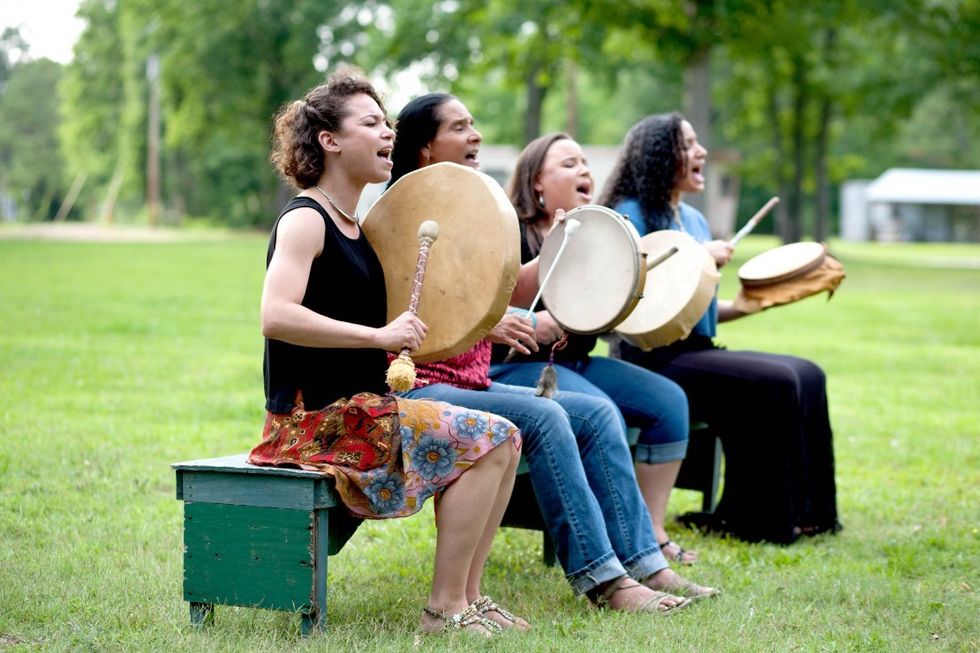
"Oppression started off with trying to getting rid of the people— the culture, everything— to get the land. Here we are today with what’s happening at Standing Rock and it’s very interesting but very different—more positive—where Native Americans are standing up. They’re singing, they’re dancing, people are listening to them."
"Music, for Native Americans, isn’t just song and dance," she continued. "It’s an integral part of their cultural and their daily expression and who they were in history. People thought they’ve lost that, but it’s coming back."
At Standing Rock, music, drumming, and dance are integral parts of the peaceful demonstrations. Tying it back to the theme of erased culture and history, Roth said, "It fosters pride. It fosters community. And that’s exactly why the American and the Canadian government wanted to ban Native American music a hundred years ago."
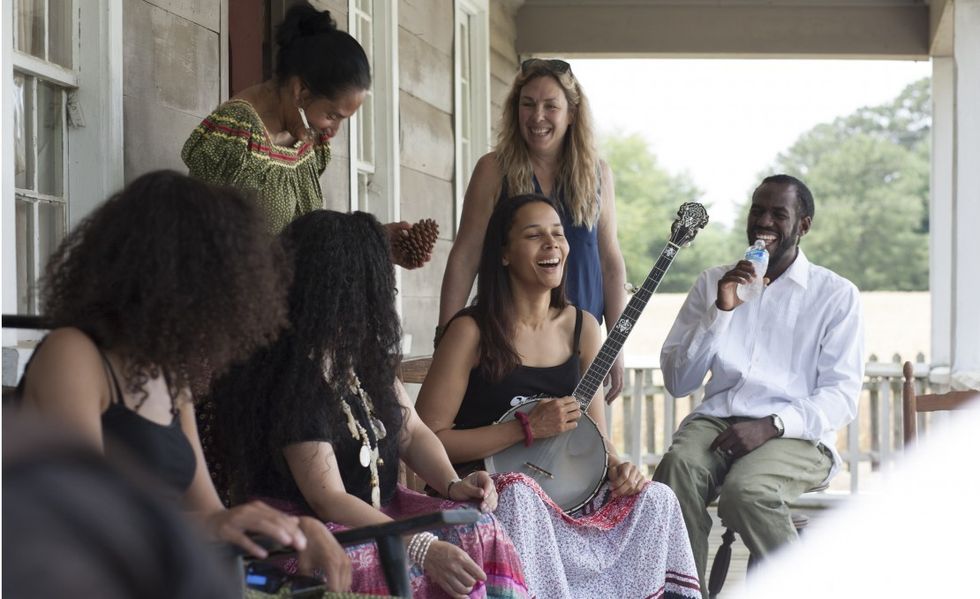
The film’s Director of Photography, Alfonso Maiorana, shot Rezolution Pictures' Mohawk Girls, and was also the co-director on RUMBLE. As a high-end DP with experience on big-budget pictures, he took on several different roles during the three-year production on this independent doc.
Roth recalled, "He was very involved in the research and how the film would unfold. He was influential in the visual realm and in determining the animations, and also very involved in the music and sound edit. Creating this sort of doc is a labor of love, and we all had other bread and butter things. On some of our shoots for this project Alfonso would direct and DP, and on other shoots Alfonso might be on a big Hollywood movie, and Catherine would work with a different DP."
"I want people to re-think the history of American music and look at it in a different way...Native Americans were here all along."
At the beginning of production, the team used an Alexa and a slider, and then switched to a RED for budgetary reasons. Ultimately, the production company bought an FS7. Roth remarked, "It’s a great in-house camera. For lower end projects we can use the lens it came with, or for higher budgeted work we can rent fabulous lenses." Shot in 2K and some 4K, the final film is in 2K.
Roth hopes that audiences will learn something from the film. "I want them to be entertained, educated, and enlightened," she said. "I want people to re-think the history of American music and look at it in a different way, and to look at history in a different way. It isn’t just Europeans and African Americans who made the music that we listen to today. Native Americans were here all along."
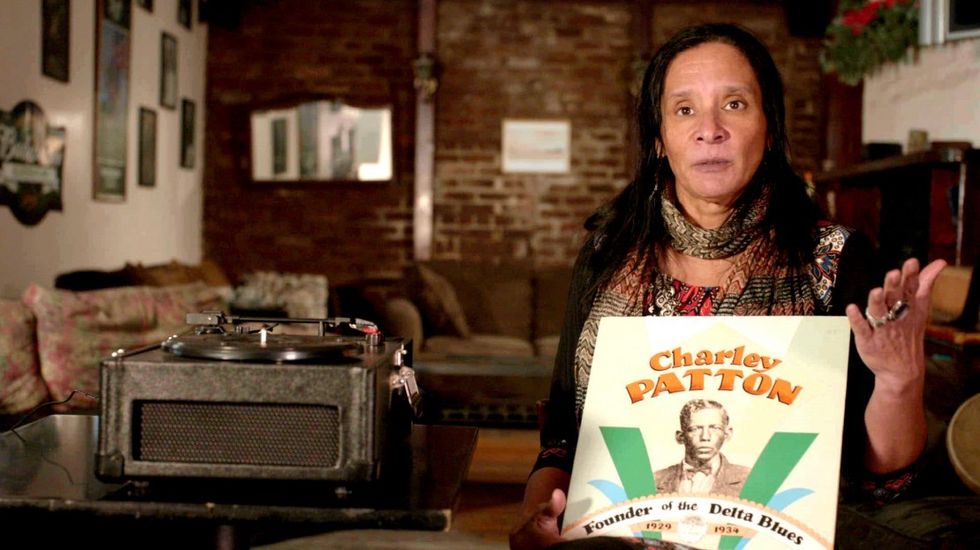
The fear around Native American expression still exists today. Link Wray’s song "Rumble" was one of very few instrumental singles to be banned from the radio for fear it would incite violence. The demonstrations by Standing Rock have been non-violent on the part of the protestors, and they often taken the form of prayer ceremonies.
Nonetheless, as recently as January 16th, a surface-to-air missile system was deployed by the North Dakota National Guard and Morton County’s Sheriff Office near the Standing Rock Indian Reservation, to intimidate indigenous demonstrators and their allies. A North Dakota legislator is currently proposing a law that would allow people to "negligently" drive cars into Dakota Access Pipeline protestors without getting into trouble.
Documentaries such as RUMBLE can inform viewers about the past while inspiring them to turn these lessons to the present.
RUMBLE: The Indians Who Rocked The World calls to light the influence of indigenous musicians on North American music that has been previously largely ignored. In January 2017, mainstream media continues to largely ignore the powerful collaboration of over 300 indigenous tribes at Standing Rock, as well as militarized weaponry being deployed against peaceful citizens.
There is a movement that has been growing for months at Standing Rock, and this time it is the media as well as the government that is suppressing a people by turning a blind eye to their plight and their contributions.
Documentaries such as RUMBLE can inform viewers about the past while inspiring them to turn these lessons to the present.
For more, see our complete coverage of the 2017 Sundance Film Festival.
Featured image, Link Wray, Photo by Bruce Steinberg. Courtesy of linkwray.com













